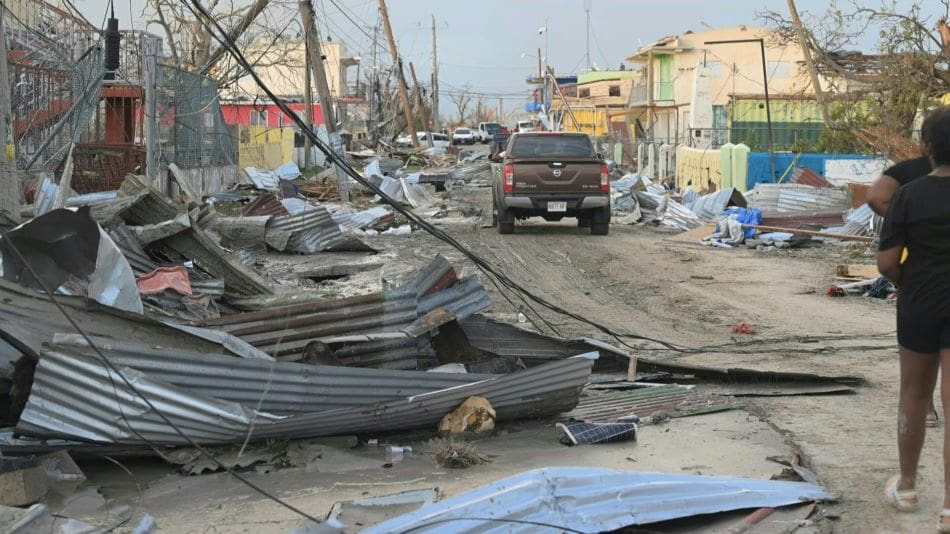Kabul, Afghanistan (AFP)(UPDATED) – Fresh floods killed 66 people in northern Afghanistan, a provincial official said Sunday, after weeks of flooding that has inundated farms and villages and swept away swathes of communities.
Hundreds of people have died in flash floods this month that have also swamped agricultural lands in a country where 80 percent of the population depends on farming to survive.
The latest heavy floods hit multiple districts of Faryab province on Saturday night and “resulted in human and financial losses,” said Asmatullah Muradi, spokesman for the Faryab governor, in a statement.
“Due to the floods 66 people were killed,” he said, adding that at least five people were injured and others were still missing.
The flooding damaged more than 1,500 houses, swamped more than 1,000 acres of agricultural land and killed hundreds of livestock, he said.
The floods came a day after provincial police said more than 50 people were killed in flash flooding in the western province of Ghor.
Just over a week ago, more than 300 people were killed by torrents in northern Baghlan province, according to the UN World Food Programme (WFP) and Taliban officials.
Taliban officials have warned the tolls would go up in regions impacted by flooding, as destroyed infrastructure hampered aid delivery and efforts to find the missing.
The death toll from the Ghor flooding rose from 50 to 55 on Sunday, according to Abdul Wahid Hamas, a spokesman for the provincial governor.
“More than 3,000 homes were totally destroyed due to the floods” in Ghor, he added.
Videos shared on social media platform X by the WFP showed currents of brown water crashing through walls of homes and churning through streets in Ghor.
‘Washed away our life’
Residents in Baghlan, Ghor, Faryab and other affected provinces found themselves without shelter, stripped of their homes and livelihoods.
“We were inside our home when rain started and all of a sudden, a flash flood came, we were trying to get things out but it washed away our home, our life, everything,” Ghor resident Jawan Gul told AFP on Saturday.
The flooding also sparked concern for the revered 12th-century Jam minaret, located in a remote part of Ghor, provincial officials said.
Images circulated to media showed brown torrents crashing around the base of the UNESCO World Heritage Site.
“The situation of Jam was very concerning,” Abdul Hai Zaeem, information and culture director in Ghor, told AFP, adding that mud was still piled high around the brick minaret.
The WFP warned that the recent floods have compounded an already dire humanitarian situation in the impoverished country.
Spring floods are not uncommon in Afghanistan, a country of more than 40 million people, but above-average rainfall this year has sparked devastating flash flooding.
Even before the most recent spate of floods, about 100 people had been killed from mid-April to early May as a result of flooding in 10 of Afghanistan’s provinces, authorities said.
The rains come after a prolonged drought in Afghanistan, which is one of the least prepared nations to tackle climate change impacts, according to experts.
qb-sw/ecl/tym
© Agence France-Presse
Featured image credit: Allexxandar | Freepik




